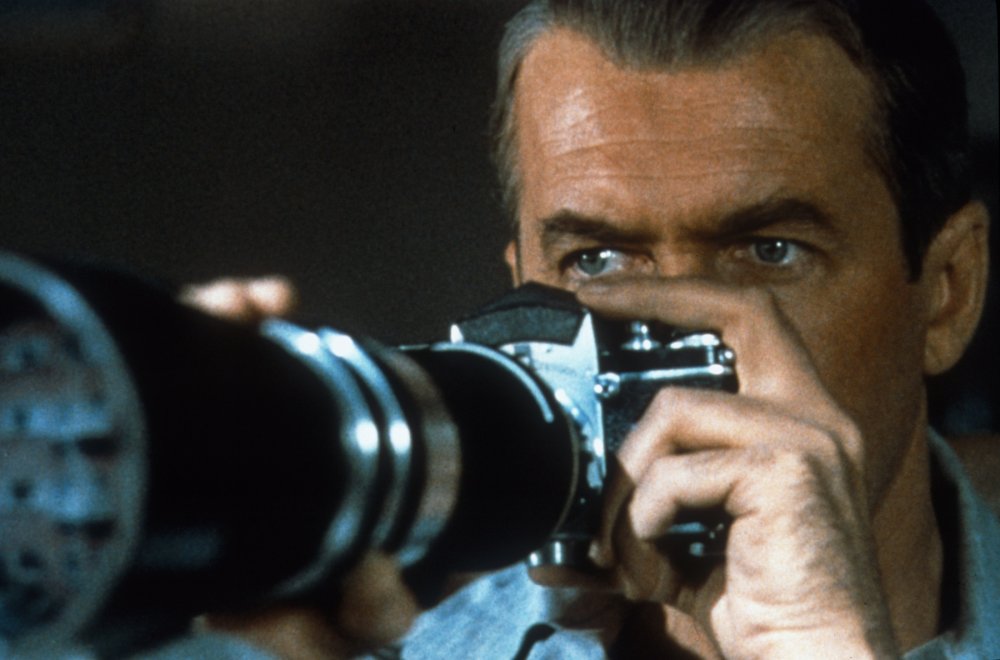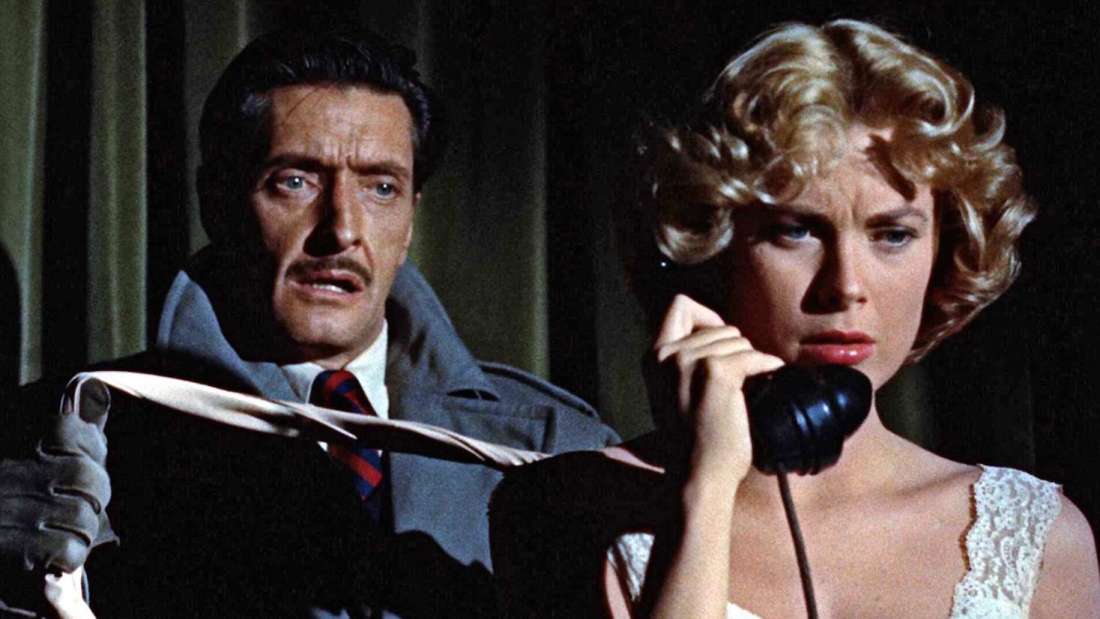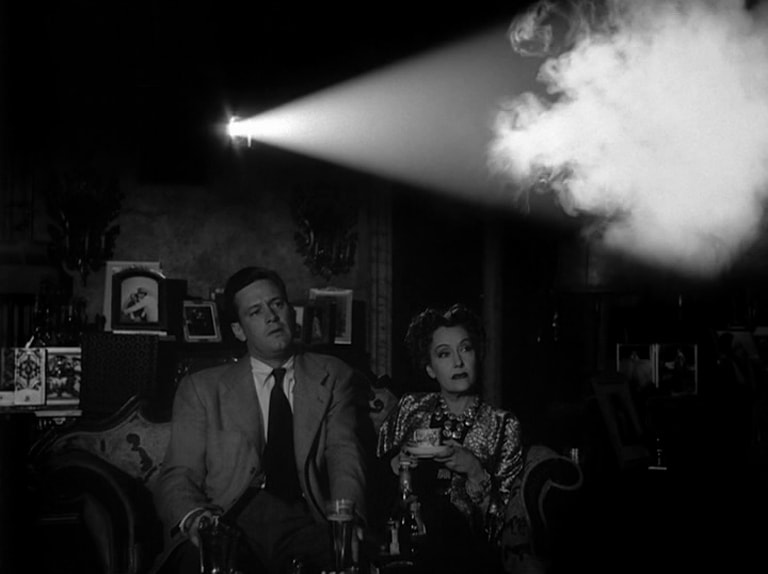|
One of the police inspectors in Pretty City Murder is a Vietnamese-American. On the surface, this may seem like an unusual choice. However, throughout my life I've had a lot of contact with the Vietnamese diasporic community in San Francisco and San Jose and I’ve always wanted to write about it.
In 1981, I befriended a young man who fled Vietnam in April 1975, when Saigon fell to the communists. His story proved extra poignant because he was 21 in 1975 and had taken three of his siblings, ages 17, 14, and 8, with him. His mother had passed away a few years before, and his father had refused to leave Vietnam. He told his son that he wouldn’t know how to survive outside his country. Back in 1954, the family had fled Hanoi. By Vietnamese standards, they were well-to-do. My friend became guardian for his younger siblings, which was a heavy burden for someone who was just 21. When we met, he was 27 and I was 28, and his youngest brother, who was then 13, was living with him. We became fast friends, and he introduced me to others commonly referred to as “the boat people”. He practiced Vietnamese Buddhism, and I attended their services, mostly in the homes of the diasporic community in San Jose. I met a former South Vietnamese general, who was such a kind, old gentleman. Often, I was the only Caucasian person at the services, but I felt welcomed, and they treated me like an honored guest. I’m Catholic, and exposure to another religion uplifted me and helped me understand my own faith better. My friend was self-employed. He opened a business which imitated the Supercuts model for haircuts and styling, and after expanding to two salons, he was making much more money than I. Because his ability to read English was poor, I did his bookkeeping. He had never received any formal education in English, but he had an excellent American accent, surely acquired from listening to, and speaking with, hundreds and hundreds of American soldiers on the streets of Saigon. In 2004, I purchased a tutoring franchise and used what I had learned from him to maximize my profits. Once, during our years of friendship, we attended a Vietnamese concert in San Jose, and he asked the featured singer, Lệ Thu, to sing a song and dedicate it to me. I was flattered. My friend had come to know Lệ Thu and Khánh Ly, another famous singer, when he was still living in Saigon. Another time, my friend introduced me to a Vietnamese woman running a brothel in San Francisco near the Stockton tunnel. I won’t say the name, to protect the innocent (or the guilty). We visited for several hours, and, no, not for nefarious reasons. She prepared lunch for us, which was delicious, and we sat on floor mats covering the floor of her office. At one point, we were interrupted by one of her girls, complaining or asking for direction (in Vietnamese), and she, too, was lovely. My eyes opened to the reality of survival, and I found that I had no negative feelings for her business. This experience left me with a new understanding and empathy for others. My overall experience with the Vietnamese community in America was extremely positive and greatly enriched my life. As a tribute to the community, I made one of the police inspectors in my novel a Vietnamese-American. I fashioned him after a patrol officer I had worked with at the Academy of Art University. He was Cambodian, not Vietnamese, but I needed a visual while I wrote, and he was so unusual and interesting that he became the visual. He knows he’s in the book. I get excited whenever I hear the Vietnamese language. Though I don’t speak a word, I know it when I hear it. I follow current Vietnamese singers on You Tube, such as the lovely Băng Tâm https://www.youtube.com/watch?v=1NYLOzPb3V4, just so I can hear the language. In my time spent with the Vietnamese community, I attempted to learn how to speak the language but whenever I uttered a Vietnamese phrase, such as “Saigon Dep Lam,” my dear listeners would say, “What?” My pronunciation was so bad that I knew I would have to immediately follow up with what I had to say – in English. Although I’ve never been to Vietnam, I have a fond spot for this country in my heart. Vietnamese cuisine is definitely among my top five, and, yes, I can smell fish sauce a mile away, and Phở is the best soup in the world. Today, the country is recovering because it is an entrepreneurial society with great investment potential. Religion is making a resurgence. Catholicism always does well under persecution. There are many videos of Saigon and Hanoi on YouTube, and I encourage you to take a look. Here is a current video of the Saigon streets, motorcycles, and businesses. Listen to a song known by almost every Vietnamese man, woman, and child (I hope you will take a look and a listen!) www.youtube.com/watch?v=UMrYd__jGnQ I would love to hear from American soldiers or people who did business, or are doing business in Vietnam, and, of course, I would love to hear from the diasporic community and readers in Vietnam today. If you’d like to see my Asian character in action, the Amazon link is below. Thank you so much for reading! Purchase Pretty City Murder here
0 Comments
In previous posts, I've discussed how my novel was inspired by my own life experiences and personal beliefs. Like other writers though, my work has also been greatly influenced by other artists and works of art. Two of the most influential writers are Graham Greene and Raymond Chandler. Greene was a Catholic writer, so I connected to that perspective of his work. He wrote over 25 novels that explored moral and political issues. Pretty City Murder also explores significant issues, though a little different from Greene's. Raymond Chandler is another author who inspired me. He is one of the most widely-known novelists of crime fiction and suspense. If you haven't been introduced to his work, I recommend you read one of his books! My work is also inspired by television and film. Most of my favorite TV series are cop dramas and true crime series. I admired San Francisco Beat and Perry Mason in the 1950s-1960s, and the Streets of San Francisco in the 1970s, and I enjoy watching current fare, such as Investigation Discovery (Deadly Women!), Forensic Files, and Snapped. When it comes to film, I enjoy Film Noir, especially the films made during the Golden Age of Hollywood. Visually, I just don't think the films made today compare (below I've put some images from my favorite films!). I've been told that Pretty City Murder has an "Old Hollywood" vibe in that it has a lot of the themes that are explored in the classic works of Film Noir, which probably comes from my love of old movies, but I think my novel feels contemporary in the social and moral issues explored. I hope you've enjoyed reading about the art that inspired me, and I hope you will look at some of the work that I have mentioned here, and please purchase Pretty City Murder. Here is a link to purchase my book. The Lineup (1958)Rear Window (1954)Dial M for Murder (1954)Double Indemnity (1944)Sunset Boulevard (1950) My protagonist in Pretty City Murder is a San Francisco police officer named Larry Leahy. This character was formed by my own experiences in law enforcement. His decisions in the book are made using the protocol that I used in my own line of work, and the procedures that are used by him and his fellow officers are based on the methodology for investigating crimes in real life. For some years, I worked at the Academy of Art University. Sometimes, when people saw me on duty, they were confused over whether I was a security guard or a police officer. In fact, I was neither; I was a non-sworn, uniformed, unarmed patrol officer. There are similarities and differences in the functions performed by security guards, patrol officers, and police officers. At the Academy of Art University, I performed all the functions of a security officer and a police officer, except that I did not have the power to arrest or detain. Often, I interviewed a target before the police arrived and then sat in on the police interview. Our interviews were virtually the same. It was difficult to explain these differences, so I let people think whatever they thought, which worked to my advantage. Students, of course, feared me, which I enjoyed. A security guard reports on what he's seen but does not conduct investigations. In contrast, I led short and long investigations into missing persons, threats of violence, graffiti, stalking, homeless encampments, burglary, robbery, sexual assault, marijuana possession or selling, and students with suicide ideation. I responded to elevator entrapments and sick or injured students. The school where I worked has over 400 security cameras, and we viewed them every day. In Pretty City Murder, the hotel, which is the scene of the murder, has security cameras, and the inspectors on the case view videotape, but, as is the case so often, much about the crime is still unknown. In my own experience, security cameras can be crucial for solving cases. In one instance, I relied on one of our campus safety hosts to find a student who had taken school property. She spent hours viewing several cameras and eventually found the thief. He was expelled. We were stupefied over the reckless actions taken by a student who had been in good standing, and we were saddened to see him go. If you are interested in crime stories, you'll definitely enjoy my book. My experience in law enforcement adds realism to the story, but Pretty City Murder still has many elements from classic crime fiction novels. You can purchase Pretty City Murder here. Thanks for reading, and enjoy your weekend! |
Categories
All
Archives
July 2024
|






 RSS Feed
RSS Feed